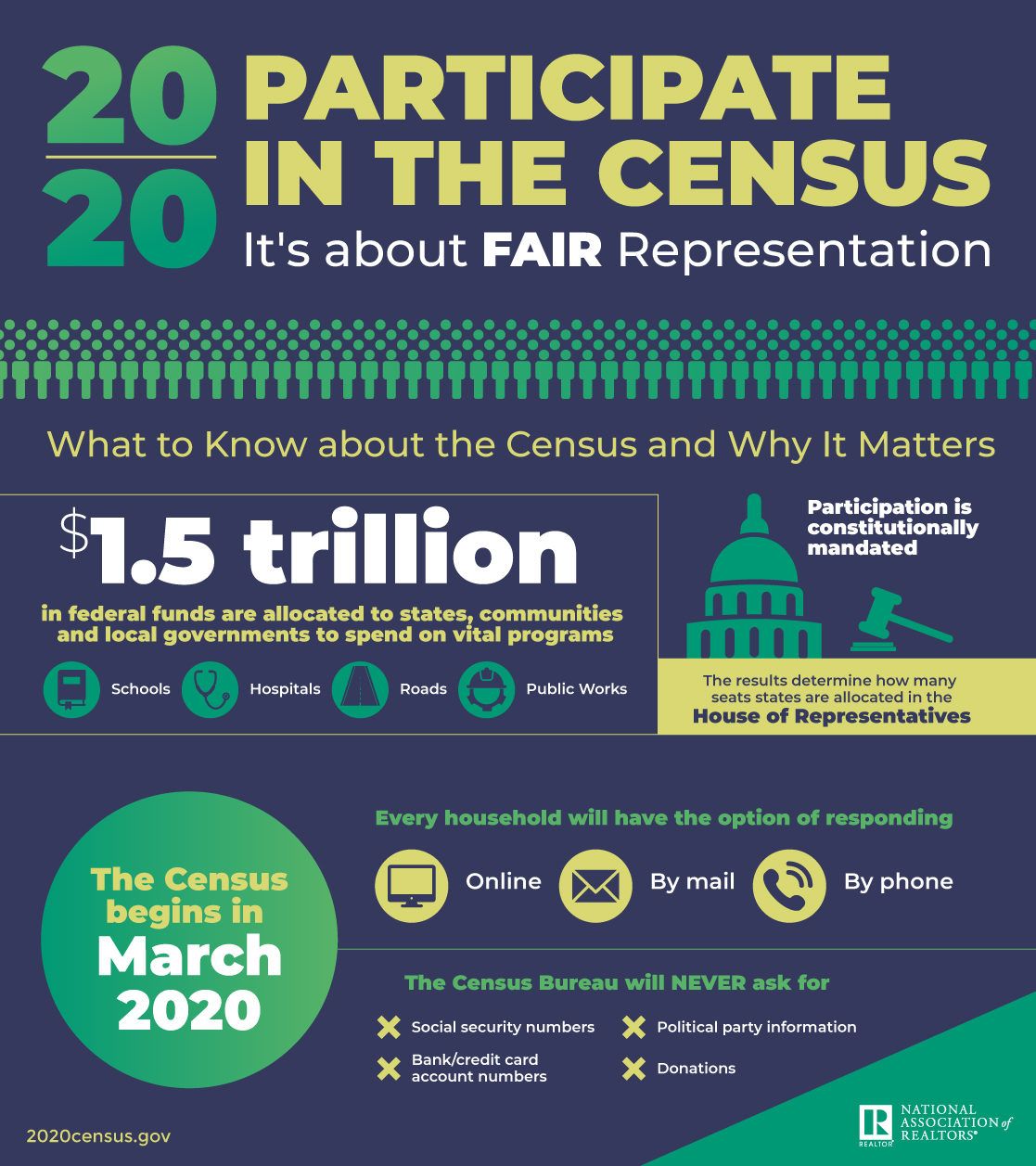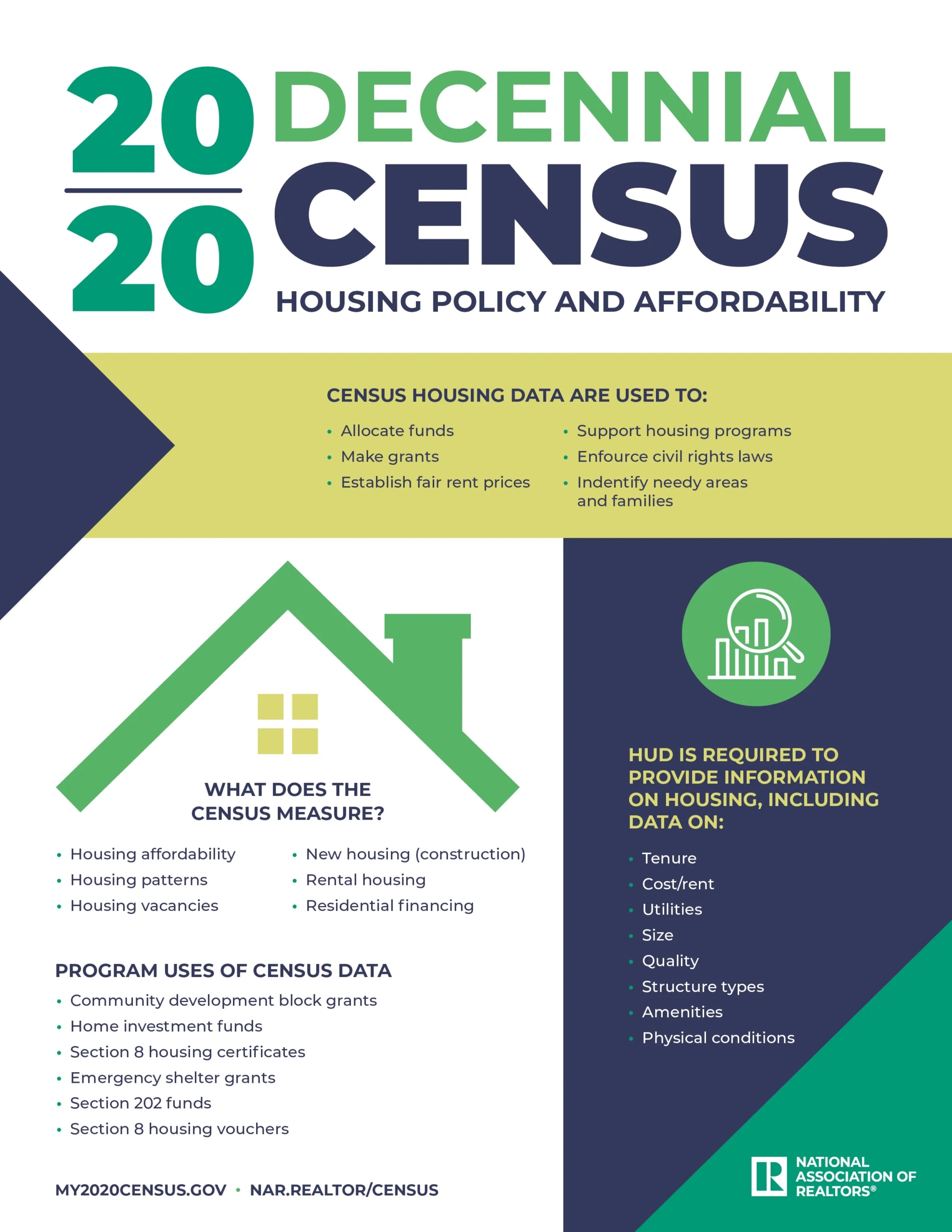
We have all experienced increased levels of stress over the COVID-19 shutdown, quarantine, and the impact on the economy. People who are normally able to find healthy ways to relieve stress such as exercise, yoga, mediation, cooking, are beginning to suffer quarantine-fatigue. These same stressors have impacted the predators in our society and we have seen an increase in some violent crimes as a result. For New York, murder is up more than 23% year over year for the first 6 months and burglaries are up more than 46% in the same period. And we have already seen an increased attack upon REALTORS®.
We previously thought that crimes against agents were random or opportunistic street crimes. As a result, we have geared our safety classes toward awareness and not focused on predatory behavior. With rare exception, the crimes against agents we have seen reported are predatory in nature and fit the classic predatory behavior patterns.
It is important for real estate professionals to have an understanding of the primary types of predators likely to target our industry, as well as the criminal’s pathologies and patterns.
The University of Texas at Austin has researched the behavioral differences between predators and thieves. Predators are motivated by power and control and their goal is to identify signals of weakness or vulnerability and attempt to isolate you. Once isolated, the predators will exploit their victims, often physically and mentally to satisfy their need for domination over another person.
There are a few simple habits to build into your customer/client interactions that could help deter a predator by removing the signals they are looking and substituting strong signals that you are not an appropriate victim profile, from the initial inquiry and subsequent contacts.
The initial inquiry is the first opportunity for you to set the tone and expectations for how you will safely conduct your business.
By using the property information and a polite, but firm professional demeanor, you will be able to work with legitimate customers/clients and may deter a predator.
At the initial inquiry:
“Thank you for inquiring on 123 Main St. It is one of our most popular listings. This home has plenty of windows accenting the natural sunlight.”
- Identify property information that increases street visibility to give the perception that others can easily see in from outside. This “passive surveillance” by the neighborhood can serve as a deterrent. By identifying that others may be interested in the property, you have also indicated that other showings or agents may also be at the property.
“Instead of meeting at your requested time of 5 pm, we will meet at 5:30 pm.”
- Even though you know that the 5 pm request can be accommodated by changing the time establishes power and control.
“We will have 15 minutes at the showing as the sellers will be returning at 5:45 pm.”
- By setting expectations that appointments will be scheduled with only brief periods alone, potential predators may be deterred because they will not be able to isolate for long and may be interrupted by the sellers returning early.
At the showing:
You should have an empowered greeting. Prior to COVID-19, I would suggest while standing on a porch step reach down to greet the purchaser. During COVID-19, a greeting that includes a strong head nod with good eye contact will serve the same purpose. Psychologically, to the predator, you are not appearing weak or vulnerable as they are forced to look up at you.
Also prior to COVID 19, I would suggest that your greeting should include a good firm handshake as it is a universal sign of strength and assuredness which will again remove any perception of being weak or vulnerable.
Knowing that the goal of the predator is to isolate you, you should always bring a buddy when:
- The property is vacant
- There is poor cell service at the property
- You have an uncomfortable feeling prior to the appointment
- You haven’t closed a deal in a while as you may be too eager to make a deal and ignore the voice inside your head that something may be wrong
Always screen clients and customers following your company’s safety policy or protocol.
Adding these simple habits to your real estate practice you can deter potential predators and increase your chances of getting home safe.
David Legaz, a retired NYPD Sergeant is the NAR REALTOR® Safety Advisory Committee Chair, the Education Chairperson for the Beverly Carter Foundation, and the 2020 President-elect for the NYS Association of REALTORS®. He also co-authored an agent safety book named, “Safe Selling: A Practical Guide for Preventing Crime without Sacrificing the Sale,” which can be downloaded at www.SafeSellingBook.com
SOURCE






